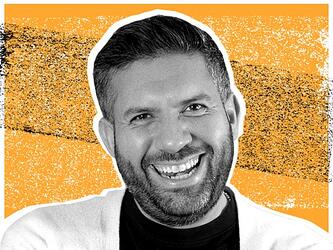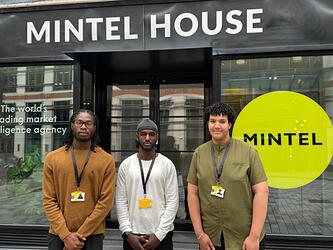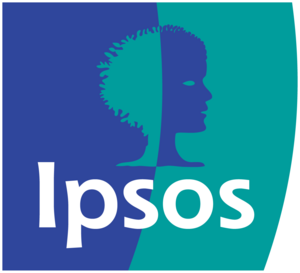How to make the headlines

You’re in the business of helping others understand. So why is it, that so much of the communication in our industry is murky? We talk about storytelling, human interaction and innovation – and yet, when it comes to telling our own stories, we get lost in thought. Literally.
In my work supporting insights companies with their marketing, I see that there is an appetite for sharing new thinking. I read brilliant research and talk to incredibly bright minds. So, I wonder – why do we insist on making products and tools the headline?
Thought leadership is more than that. Done well, it’s not a vanity exercise or a thinly veiled sales pitch. It’s a strategic tool, one that helps industry leaders raise their profile and drive conversations that matter – conversations that shift mindsets, unlock opportunities, and inspire.
But this doesn’t happen by accident.
A story that makes the headlines has shape: it’s timely, valuable and engaging. It has a clear point of view. Most importantly, it doesn’t sell.
So, what’s the point?
In a crowded, competitive industry such as market research, credibility is currency. It sets apart the companies that lead from those that follow. Thought leadership, when done with intention, is how that credibility is earned, and how original thinking rises above the noise –sparking curiosity and making people (and clients!) pay attention.
Recognition comes when others see the value in what you’re saying. Engaging with journalists, industry publications and influential platforms gives your ideas reach as well as an added layer of credibility. It signals that your perspective matters beyond your own brand, and that the industry should listen.
This isn’t about chasing headlines for the sake of visibility. It’s about making your ideas speak in the broader industry conversation. The companies that do this well don’t just share what they know. They shape how others think.
What does real thought leadership look like?
Great thought leadership starts with purpose. Not a sales target, but a strategic aim: to strengthen your expertise, define your point of view, and contribute something meaningful. Understand what your audience is grappling with and offer them clarity over jargon.
Once again, engaging with the media is a great test. Remember, journalists are filters to their readers. If they don’t find your story interesting, then your audience and your prospects won’t either. If you fail the “press test”, go back to the drawing board and talk about something with them in mind.
What makes a story newsworthy?
To make the headlines, your story must be newsworthy: surprising and original. Before you start cramming a journalist’s inbox, ask yourself some questions: is this story interesting to you? Does it excite you? Is anyone else already talking about this topic, and if so, are you repeating what has already been said?
If you’re offering original research, say what’s surprising about it. If you’re reacting to a trend, add something others haven’t. If you’re tackling a recurring challenge, explain what you’ve learned, what didn’t work, and give practical, actionable advice that others can treasure.
"This isn’t about chasing headlines for the sake of visibility. It’s about making your ideas speak in the broader industry conversation ..."
Original opinions, clearly expressed, grounded in experience and numbers – those are your credentials. Add transparency, an excitement for sharing, and a bit of bravery, and you’ve got the makings of something worth publishing.
What should you avoid?
Don’t be too technical or granular about your methodology. Don’t try to sell, I reiterate. Don’t just jump on trends because everyone else is (remember Covid?). The fastest way to disappear into the noise is to say the same thing, in the same way, as everyone else.
Instead, don’t be afraid to be interesting; bold is better than boring.
A good story isn’t just what’s new. It’s what’s useful, what’s unexpected, and what makes people think and take action. If the insights industry wants to influence change, we have to be brave enough to start by sharing our own brilliant thinking.
Iosetta Santini is account director at Keen as Mustard Marketing

We hope you enjoyed this article.
Research Live is published by MRS.
The Market Research Society (MRS) exists to promote and protect the research sector, showcasing how research delivers impact for businesses and government.
Members of MRS enjoy many benefits including tailoured policy guidance, discounts on training and conferences, and access to member-only content.
For example, there's an archive of winning case studies from over a decade of MRS Awards.
Find out more about the benefits of joining MRS here.












0 Comments